Restricted Sensation – Deimantas Narkevicius answers our questions | Berlin Film Festival 2012

In Restricted Sensation, the Lithuanian sculptor and internationally acclaimed visual artist Deimantas Narkevicius explores the threats, difficulties and paradoxes of being gay in Lithuania under Soviet occupation in the 70s.
A young Lithuanian, ambitious theatre director’s assistant Laimonas Siauciuvenas (Valentinas Krulikovskis) is accused of homosexuality and loses his job. He is interrogated by a Soviet police officer; yet he cannot defend himself, as the institutionalised language structure that is used by the officer seems to implicitly deny this possibility.

The film’s narrative is very straightforward – maybe because making a narrative film itself is a new experience for Deimantas who comes from an experimental and avant-garde film background. Restricted Sensation is constructed not to mean anything clearly defined, and its storytelling prompts a wish for interaction whilst denying the possibility of it at the same time.
The film is only 40-minute long, during which it only offers a few passing glimpses of reality that is knowingly only a reconstruction, rather than artificial pretence of a full rounded narrative. Those who like critical and self-aware spectatorship will enjoy Restricted Sensation for its multi-layeredness, as there are artistic aesthetic decisions that immediately call themselves for analysis and interpretation. Others who enjoy involvement and identification, action and character development – in other words, all that is at the heart of cinema rather than conceptual art – do not bother, this will not be your cup of tea.
Verdict: ••••
The Upcoming interviewed Deimantas about homosexuality in Lithuania and the experience of directing this feature.
How did you get interested in the subject of homosexuality?
The film was initially created for You Are Not Alone exhibition in Barcelona, which was privately financed by Han Nefkens, founder of ArtAids – the organization that supports art projects aimed at preventing and fighting AIDS. Han himself is gay, he got infected with AIDS back in the days when there was no cure for it, and he survived. I was very moved by his persona – his body is damaged by illness, yet he’s full of inner beauty. He inspired my interest in a subject that I did not know a thing about – homosexuality. The fact that I was completely unfamiliar with it was also a challenge, so I took it up.
How did you research the topic?
I got all my information from the Lithuanian Gay League. However, there is a big social gap between the present gay culture and homosexuals of the older generation – those two groups barely converge. I was more interested in homosexuals who are now in their 60s, since the film is set in the period of their youth, period when homosexuality was criminalised. But those people are very hard to find – they lead their lives in secret and are afraid of any sort of publicity.
Did you manage to find or speak to any of them?
No. And that’s because homosexuality is currently being turned into exoticism and sensation in Lithuania – it became a media attraction, drawing attention from real day-to-day lives and needs of those people. Homosexuals themselves are hurt about it – unwanted exposure makes it hard for them to retain their multi-dimensional identity in public sphere. They do not like the overwhelming amount of attention the scandalised topic receives, so they shy away from the public even more, continuing to live under a veil of secrecy. There was a first gay parade organized in Lithuania last year, and although the controversy surrounding it was huge – there was more police than actual participants, and it all turned into a sort of menagerie in the end, pretty ugly.
You know, even in Brussels – which is a city where the homosexual topic is not even questioned anymore, one of the most open-minded cities in Europe regarding gay matters – my friend told me he can’t walk holding a hand of his lover even there. So we shouldn’t want more than there is.
Wishes and aspirations are one thing, and demands is another – especially of something which even in more evolved societies isn’t the norm. Yet I hope my film serves to change that.
Maybe you remember the prevalent attitude to gay people in the 1970s Lithuania?
There was an official clause, clause 122 in the Soviet Penal Code sentencing you to 3 years of jail even if there was as little as mere suspicion that you might be gay, so homosexuals were continuously facing terror and threat to be found out. Accusation of being gay – even if one weren’t! – meant that one instantly fell to the bottom of society. I have been to the army myself, and it is certainly not an easy place to survive in. Probably the reminiscence of this oppressive structure is what keeps older generation gays from coming out of the closet. Women’ s homosexuality on the other hand was not criminalised – it was something they were cured from.
So there wasn’t even a secret community of soviet gays?
I think they must know each other, sure, but let’s not forget those people are now in their 60s – they do not go clubbing anymore. They spent their whole lives hiding their sexuality, even had to create fictive families with children.
And about the film itself, why did you choose such an unconventional length for Restricted Sensations – just over 40 minutes?
I did not have the resources, primarily financial ones, for a full feature. Also the story was naturally written to take up this time span – length is never the primary focus in my work, it happens naturally.
Laimonas, the protagonist, is looking at a wooden construction in the theatre for quite a long while. Is the length of this sequence significant?
It’s my particular structural strategy, so I will not disclose it. But the theatre is a significant space inasmuch as it was the primary space where the construction of a new, utopian society’s model could be made, the dream turned into a tangible performance. And cinema is also concerned with the creation of artificial realities.
Was theatre any more of a liberal space than the rest of society in the 70s?
Yes, I would say so – theatre had a significant creative freedom. And art in general in Soviet times was perceived as somewhat of an exceptional ideological activity, whereas nowadays it can be a career like any other which you pursue to get by.
Laimonas is not written – neither performed – to be a likeable character; there is a mixture of emotional responses I felt towards him, sympathy surprisingly being only one among many. What reaction was this character initially structured to cause?
Casting played a significant role in his character, – I casted Valentinas Krulikovskis for his plastics, and he doesn’t resemble any other famous actors I know, nor does he look like any recognisable type of people. His face is fresh, so it doesn’t elicit any immediate associations for the audience. He’s not stereotypical, so he doesn’t simply ‘switch on’ a conventional response from the audience, like “this is a bad guy and we can readily see he’s a bad guy” – we start examining his face, his body without readily knowing what it represents. If the character was made clear by typecasting, we would lose all interest in examination. He is not undergoing any dramatic changes, and reveals himself more by his actions – twitching face, little details like that – than by dialogue. The audience is never urged to lose themselves emotionally and start sympathising or identifying with him – they are urged to observe and call his actions into question.
How did you work with the actors to elicit this effect?
I haven’t got fully worked-through methods to work with my actors, as I haven’t had that much experience directing. I would usually provide them with context and circumstances that have formed their character, and they would fill in the very essence of what that character is accordingly.
Was it hard to find locations that would represent faithfully the spirit of the period?
Yes, I was looking for ascetic surroundings, and a lot of the 70s’ architecture has lost authenticity – buildings had their windows changed, there are a lot of new advertisements, etc. – things like that would have given it away. It would have been possible to recreate many things on sets, but the scope of the whole project wasn’t big enough. That is why I made an artistic decision to represent the society metaphorically through shots of the insides of the radio at the beginning of the film.
Restricted Sensations’ style of narrating is formalist, not allowing the viewer to identify with any of your characters, not even presenting them as people but rather as objects, structures, representations of ideologies themselves. Is it due to your background as a sculptor?
I consciously try to maintain critical distance between the viewer and the film because I personally detest the idea of realism in cinema!
Why is that?
Because a film is not reality, and more often than not, it shows and you can see through the exaggerated performances and simplified conventional narrative structures. There are too many already-worked-out memes and codes in today’s cinema. Cinema that mimics realism is of no interest to me.
The camera in your films is always objective, shots are still and structural, like moving photographs. What motivates this choice?
I like the aesthetics of early television. There were long takes and little cutting when video format first appeared, because there was tape instead of a roll of film which needed to be changed every 10min. But soon this technique got boring, the editing became more dynamic. I wanted to dress Restricted Sensations in the forgotten aesthetics of its time, to narrate it old-fashioned way.
Music, on the other hand, is contemporary. Why such a deliberate inadequacy?
Everything is conditional in this film – it’s a self-knowing fiction, a construction. Through visuals you see only the vision of the period, but music reminds you that you are watching it in the present, and that it is indeed only vision. You do not have to be a slave to a certain period when you do a period film. The music ads a sense of vintage, a conjunction of periods.
Ruta Buciunaite

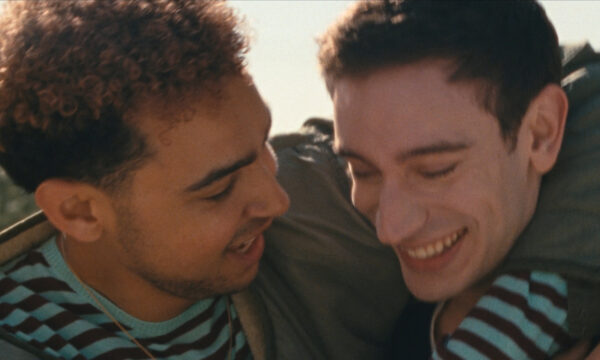
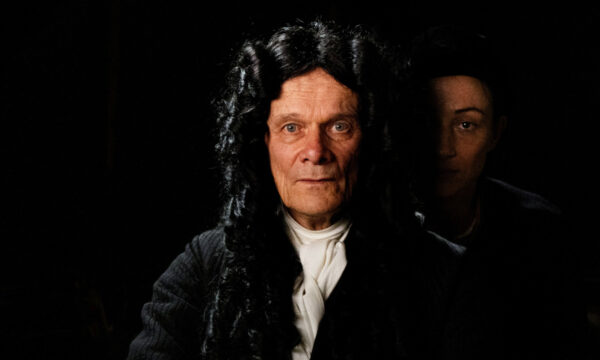
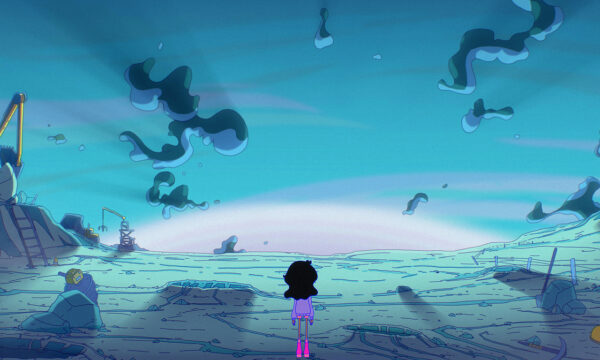
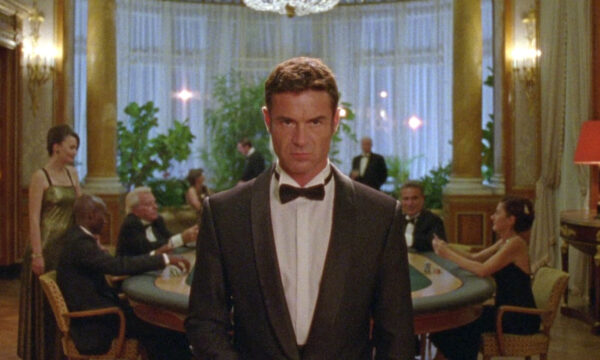
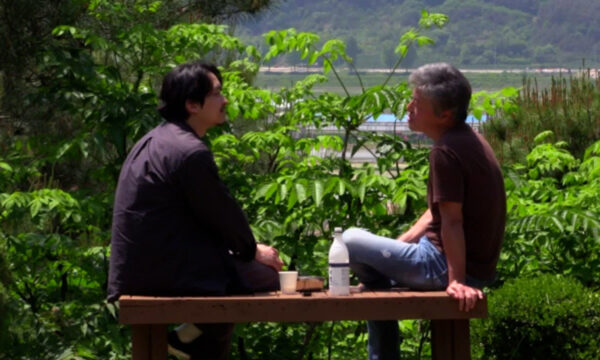
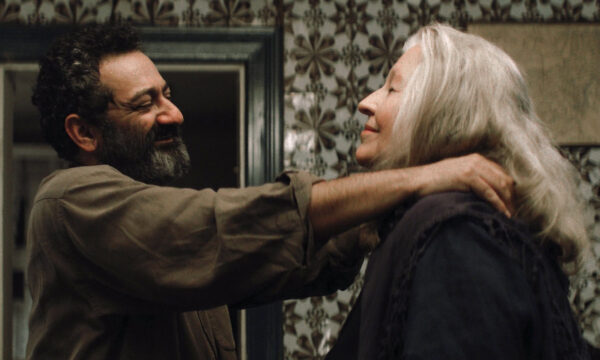
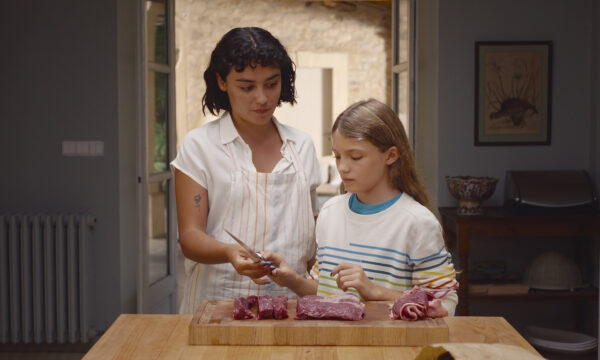
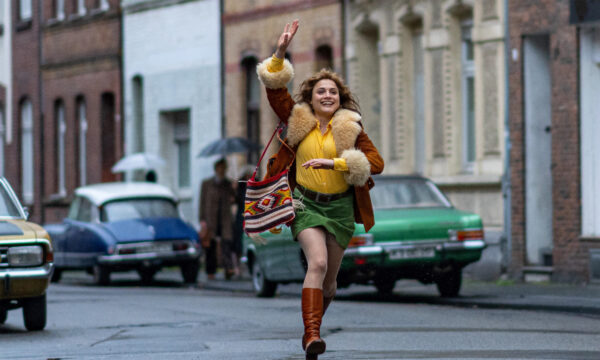
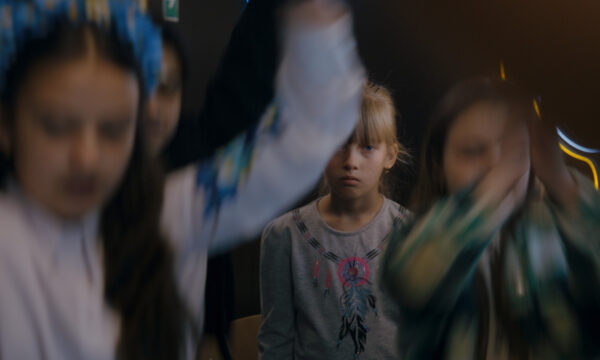








Facebook
Twitter
Instagram
YouTube
RSS